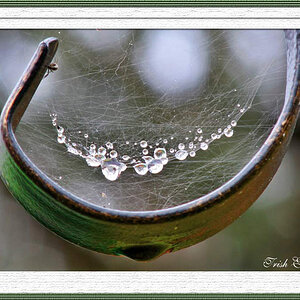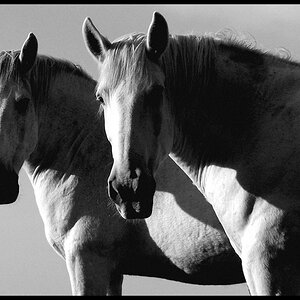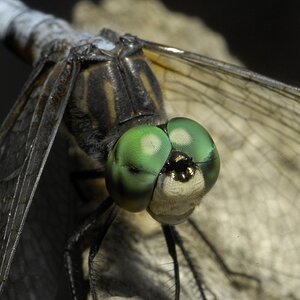Hello there,
I am new to the world of Photography, my Dad recently bought me a digital Camera; Casio Exilim EX-Z750.
I went to London a few days back and tried taking photos of the London Eye, houses of Parliament etc from across the river but got nothing but blurs and/or incredibly dark photos. Even when i put the camera on the wall and used the self-timer. I used a variety of the preset settings under their "best shot" setting but nothing worked all that well.
Can someone please help me to setup my camera for night time photography because Im sure a camera of this expense is not totally out of depth once the sun goes down!
Thank you,
JR
I am new to the world of Photography, my Dad recently bought me a digital Camera; Casio Exilim EX-Z750.
I went to London a few days back and tried taking photos of the London Eye, houses of Parliament etc from across the river but got nothing but blurs and/or incredibly dark photos. Even when i put the camera on the wall and used the self-timer. I used a variety of the preset settings under their "best shot" setting but nothing worked all that well.
Can someone please help me to setup my camera for night time photography because Im sure a camera of this expense is not totally out of depth once the sun goes down!
Thank you,
JR


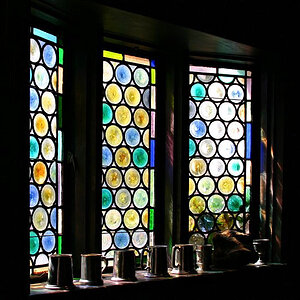
![[No title]](/data/xfmg/thumbnail/41/41902-e45a2db116295062060b22cde75818ed.jpg?1619739939)
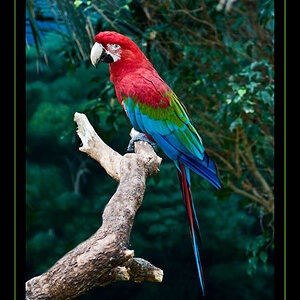
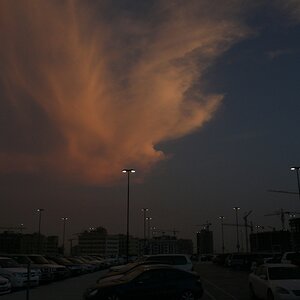
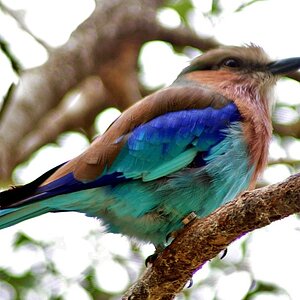
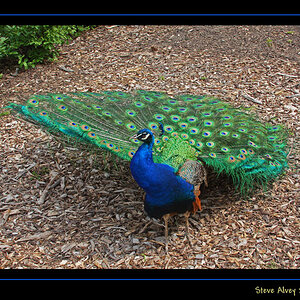
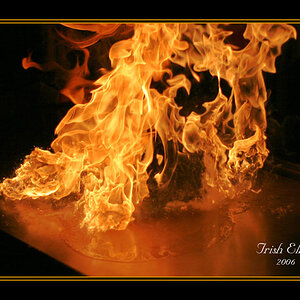
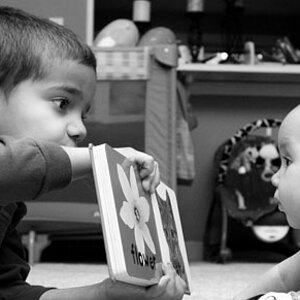
![[No title]](/data/xfmg/thumbnail/35/35274-a05669c6bdd0866f1e5c6f7f8cb93b88.jpg?1619736974)
